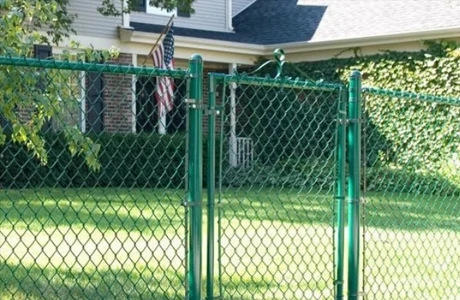Different Types of Nails Suitable for Installing Hardwood Flooring Effectively and Efficiently
Types of Nails for Hardwood Floors
When it comes to installing hardwood floors, one of the critical aspects that often goes overlooked is the choice of nails. The type of nails used can significantly affect both the integrity and the aesthetic of the flooring. In this article, we will explore the various types of nails suitable for hardwood floors, their applications, and the best practices for choosing the right ones.
1. Common Nail Types
There are several types of nails commonly used in hardwood floor installations, each designed for specific applications
- Finish Nails These nails are characterized by their small heads and are commonly used for attaching trim and molding
. While they can be used for hardwood flooring in some cases, they are not recommended since they lack the holding power necessary for floorboards which may experience a lot of movement over time.- Cleat Nails Cleat nails have a special design that offers increased holding power. With a slight angle and barbs, they grip the wood more effectively than standard nails. They are suitable for both solid and engineered hardwood floors, making them a popular choice among professional installers. Cleat nails are typically made from steel and have a smooth or serrated point.
- Staples Similar to cleat nails, staples provide strong holding power and are often used for engineered hardwood floors. They are generally quicker to install than other types of nails and can be used with pneumatic tools. The major concern with staples is that they can create a tighter grip on the floor, making it challenging for expansion and contraction in response to moisture variations.
2. Choosing the Right Size
The size of the nails is just as crucial as the type. For hardwood flooring, the common sizes range from 1.5 to 2.5 inches in length. The rule of thumb is to select a nail that is about three times the thickness of the flooring. For example, if you are installing a ¾ inch plank, a 2-inch nail would be appropriate. This ensures enough grip without penetrating too far into the subfloor.
type of nails for hardwood floors

3. Consider the Wood Species
Different hardwood species have varying densities and hardness levels. For instance, oak is tougher than pine, and consequently, oak may require different nail types or sizes. In installations involving harder woods, cleat nails or specifically hardened staples are recommended to avoid bending during installation.
4. Moisture and Humidity Considerations
Moisture is a significant factor to consider when installing hardwood floors. Wood naturally expands and contracts with changes in humidity; therefore, it’s essential to choose nails that allow for some movement. Using nails with barbs—like cleat nails—can help secure the boards while still allowing some flexibility when the wood expands or shrinks.
5. Installation Techniques
When installing hardwood floors, it is vital to follow best practices for nailing. Begin by testing the nails on a few boards to ensure you have selected the right type and size. “Blind nailing” is a common technique where nails are driven at an angle through the tongue of the board, hiding the fasteners and enhancing aesthetic appeal. Additionally, ensure the nails are distributed evenly and spaced approximately every 6 to 8 inches along the length of each plank.
Conclusion
In summary, choosing the right type of nails for hardwood floors is fundamental to ensuring a successful installation. Cleat nails and staples are the most common choices due to their holding power and efficiency. Size, wood species, and moisture considerations are also critical factors when selecting the appropriate nails. By adhering to best practices and understanding the nuances of each type of nail, you can achieve a durable and visually appealing hardwood floor that will last for generations.
-
Space-Saving Chain Fence Hacks Vertical Gardening with Cyclone MeshNewsJul.16,2025
-
Innovations in Iron Nail Wire Production for Modern ConstructionNewsJul.16,2025
-
Creative Uses of Wire Netting Fence in Modern Landscape DesignNewsJul.16,2025
-
Barbed Wire Fence Innovations in Anti-Climb TechnologyNewsJul.16,2025
-
Architectural Uses of Umbrella Nails for Aesthetic Roof DesignsNewsJul.16,2025
-
Architectural Uses of Razor Barbed Wire in Secure Urban DesignNewsJul.16,2025




